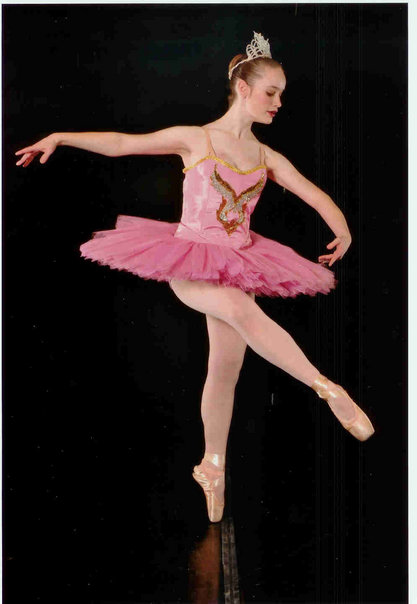The most important thing for a dancer looking for a shoe is whether or not she can dance comfortably in it. This can be partially decided by the construction of the shoe itself. Dancers have a vast array of choices to make when buying a new pair of shoes. Especially important choices are the shape, width, and length of the box, and the hardness of the shank. These aspects most affect how the shoe works with (or against) the dancer and how the shoe conforms to the dancer’s foot as she moves through her performance. Dancers choose their preferred shoe based on their foot anatomy, their strength level, and especially, the demands of the role they are dancing. In a New York Times article (Tobias, 1975), dancer Eleanor D’Antuono talks about the different types of shoes she prefers for the lead roles she performs. She says that for a ballet like Giselle, in which she plays a willi (a ghost of a maiden) she needs “the softest shoe she can find, to keep the footwork light and noiseless”. For a role that requires more spectacular “pyrotechnics”, such as the 32 fouette turns that the black swan Odile performs at the end of Swan lake, she prefers harder shoes that support her foot through the fast series of turns.
When a dancer prepares to start using a new pair of shoes, one of the first things she will do is to sew on the ribbons and elastics that hold the shoes on her feet and stabilize her ankles. This is the first step towards personalizing the shoe to fit the dancer’s specific needs. Other measures that dancers take to prepare their shoes for performance are far more drastic, and essentially involve ruining all of the handicraft that a maker has put into the shoe. Toni Bentley (1984) describes dancers as being “experts at demolishing a new shoe.”
Each dancer has her own set of manipulations that “break in” the shoe, breaking down the materials until they have reached the perfect balance between soft and flexible, and hard and supportive. These manipulations include taking nails out of the shank, breaking or cutting away the shank underneath the heel (a process called three-quartering), cutting slits over the ball of the foot to relieve pressure on bunions and even closing the shoes in doors. Some dancers will add extra layers of shellac inside the box of the shoe so that their sweat won’t break down the glue as quickly, while others purposely wet the fabric to help it soften and conform to their feet right away. Preparing the shoes in exactly the right way, whatever that may be, is critical. Much of a dancer’s performance ability relies on her shoes behaving properly, which means not slipping off, breaking, or otherwise doing something unexpected during a show. The result of a shoe that is not quite right can be excruciatingly painful blisters, which must be endured without breaking out of character onstage (Barringer & Schlesinger, 2004; Bentley, 1984; Tobias, 1975).
Professional dancers will often wear out a pair of shoes in one performance, having already altered them to be perfect at the moment she steps onstage. By the end of the show, the combination of sweat and movement will have weakened the shank and softened the glue to the point that the shoe no longer works with the dancer, but rather works against her. At this point, it may be relegated to use in classes or it may be signed and sold as a souvenir. Autographed pointe shoes are very much desired, particularly by young aspiring dancers who hope to one day have a pair of pointe shoes of their own (Bentley, 1984).

